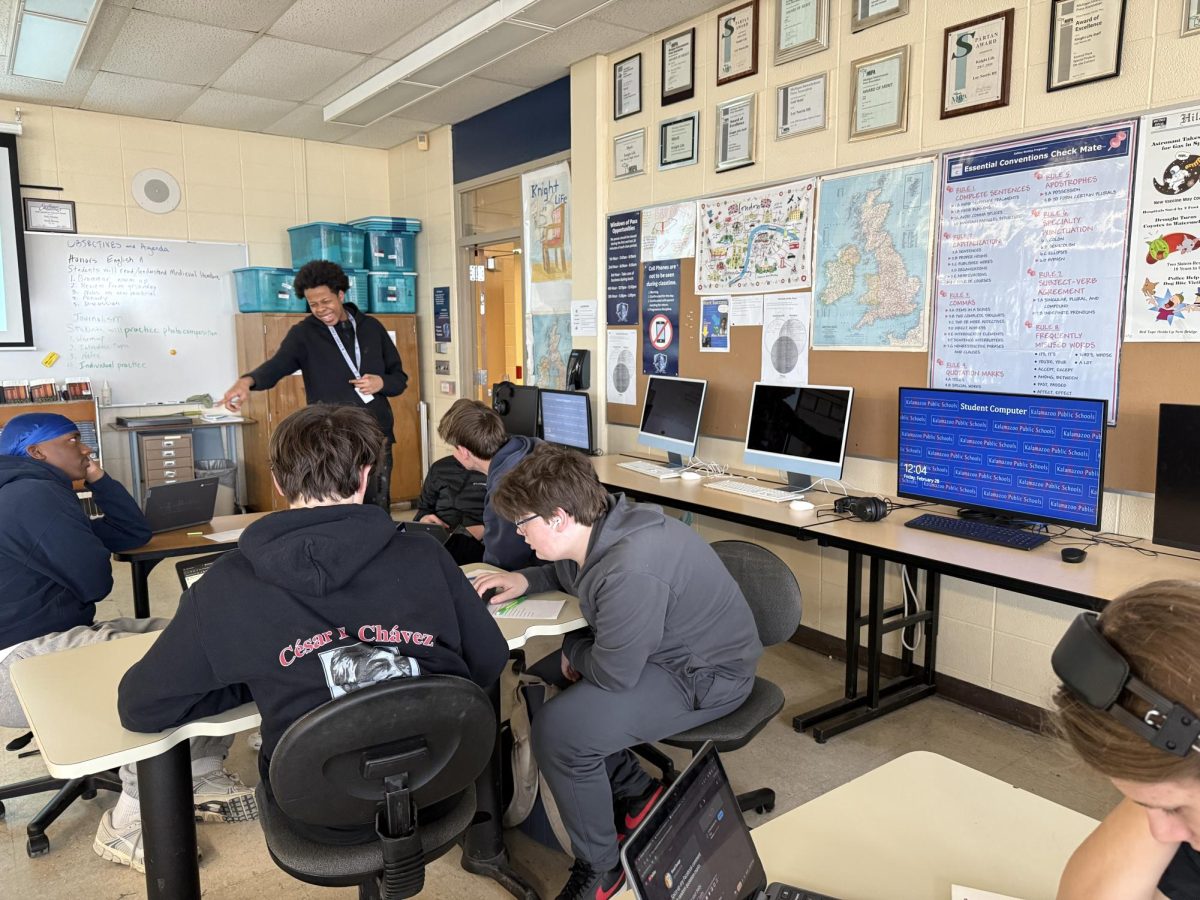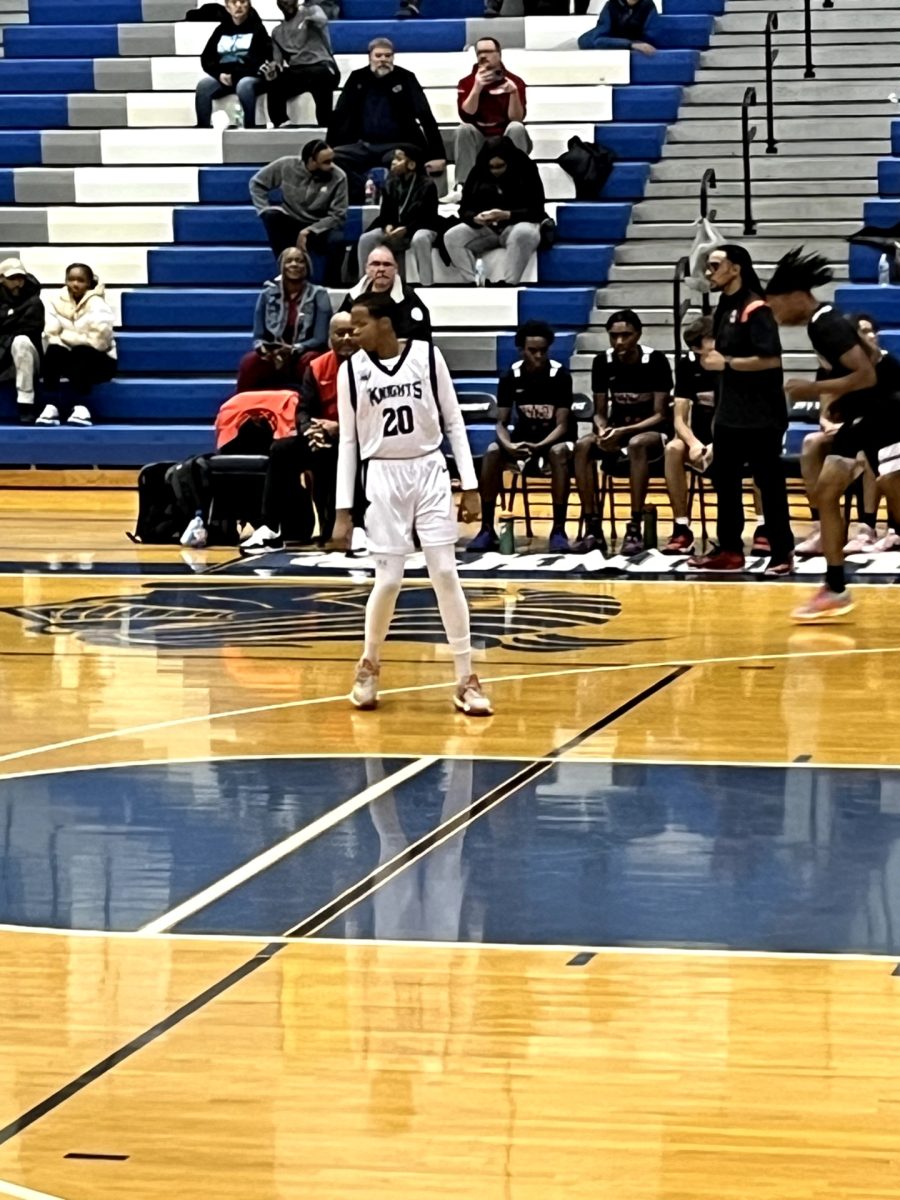
Last year, Loy Norrix was bursting with defiance. Students rebelled against the dress standards. Staff feared enforcing it. Organized events took place, where a large majority of students wore leggings on the same day. Students and parents spoke at school board meetings. All of this occurred in a desperate attempt to get a more fair, more equal, and a less gender-biased dress code.
“The reason that we responded with a change in the dress code to last year’s events, is not because we felt pressure from the students to do so. It is because, social standards changed, and we adapted to fit them,” said Principal Rodney Prewitt when asked why the dress code had been revised.
Officer Curtis Snell has worked at Norrix for 8 years now, and that’s certainly enough time to see some change.
“As the shorts got shorter, the attitudes got bigger,” said Snell. “In my first two years here, it was mostly boys sagging their pants that we had a problem with, now we see more girls pushing it and seeing what they can get away with.”
There are two long paragraphs that boil down to a few simple meanings: your shirt and pants need to touch in all areas, your shirt’s neckline should not go lower than the middle of your armpits, and your shorts should not go higher than the middle of your thigh.
There are seven more rules to follow:
- Your shirt straps must be at least 3 finger-widths apart.
- Head coverings with a religious, medical, or reasonable cultural need are permitted. All other head coverings are prohibited.
- Shoes must be worn at all times. House shoes and slippers are not permitted.
- Full-length coats or trench coat-like apparel worn to school must be stored in lockers and not worn during the school day.
- Clothing that has a double meaning, promotes the use of violence, gangs or gang symbols, drugs, alcohol or tobacco, material that is obscene or of a sexually suggestive nature is not appropriate or allowed.
- Wallet chains are not allowed.
- Any apparel which the administrators determine to be unacceptable in light of community standards or disruptive to the educational setting. (Administrators include: Kelly Hinga, Erin Middleton, Christopher Aguinaga, Rodney Prewitt and Andrew Laboe.)
But what do the students think?
“I like this dress code [standards] better than last years because there is not a leggings rule. Other than that I do not see much of a difference. It is gender neutral in wording, but not in the intent,” continued sophomore Will Briggs. “Do I think that the staff will abuse the power to deem clothing inappropriate as they see fit? Sure. They have different opinions than we do, so there naturally will be some areas where we don’t agree.”
Will Briggs isn’t the only one who thinks this way.
“I think that the staff will abuse the power to say what they think is inappropriate and they will continue to go by the old dress code,” said junior Erika Wagoner. “Also, I like this dress code more because it allows us to wear our shorts.”
However, others believe that this power won’t be abused.
“I don’t think that the rule will be abused, the staff are reasonable, and personally I think that this dress code [standard] is better because it allows us to wear more clothes that we want to, without getting in trouble,” said junior Taylor Brown.
Who is right about how this rule will be enforced though? If you listen to Principal Prewitt, it’s Taylor.
“The staff are more equipped to enforce the dress code this year. They have been given a script to use. The script allows them to take their opinions out of the dress code and just follow the book,” said Prewitt.







